5 of the best geothermal pools and spas in North Iceland
Discover why you should head north to find some of Iceland’s newest and most exciting hotspots for geothermal bathing and indulgent spas.
Read more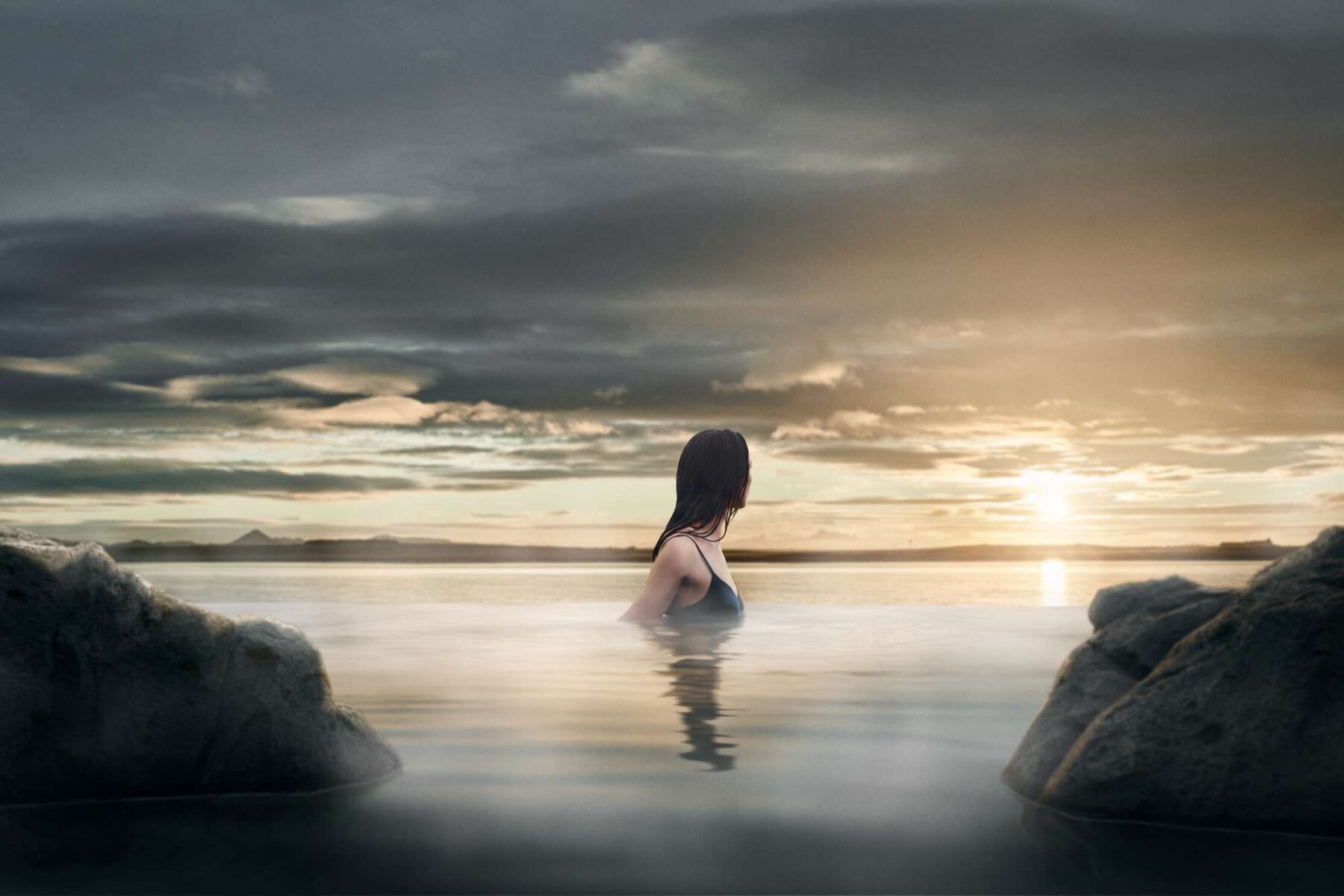
Come on in, the water’s lovely! Picture Iceland and an image of an outdoor lagoon, duck-egg blue and gently steaming, might well spring to mind. But so do a lot of questions. Where does the water come from? Why is it that colour? Is it safe? Is it good for me? Where should I take the plunge? We’ve been dabbling our toes (and more) in Iceland’s geothermal waters for around four decades, so you’ll find all the answers here.
Scroll down the page to check out our outline itinerary for a self-drive holiday dipping in and out of a succession of indulgent geothermal hotspots around the country.
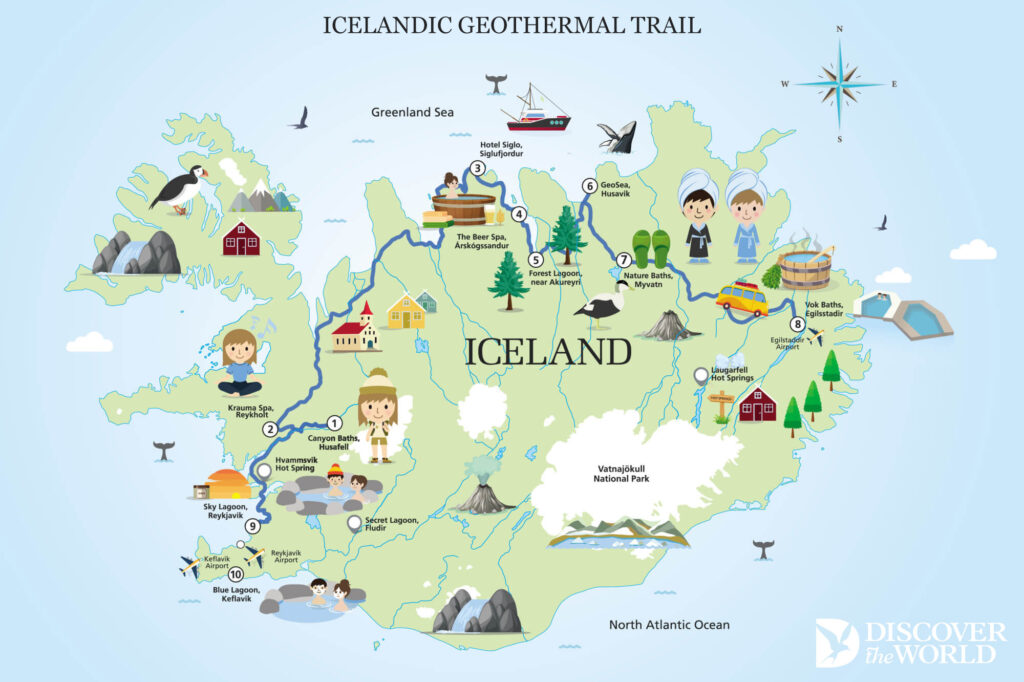
Records suggest that Icelanders have been bathing in their abundant, natural supplies of geothermal water since the 10th century. Poet, politician and historian Snorri Sturluson had one of the country’s first-ever hot tubs back in the 1200s. You can still see ‘Snorralaug’ at Reykholt in West Iceland. Nowadays, there are also landscaped lagoons (like the Blue Lagoon and Myvatn Nature Baths), infinity pools (such as the Sky Lagoon and Forest Lagoon), contemporary spas like Krauma, and even floating pools, such as Vok Baths. All of them are fed by geothermal water and are mostly designed for relaxation, wellbeing and gentle poaching, rather than notching up laps in a traditional swimming pool. But if you do want a proper swim, Iceland also has over 120 public swimming pools, located in nearly every town around the country.
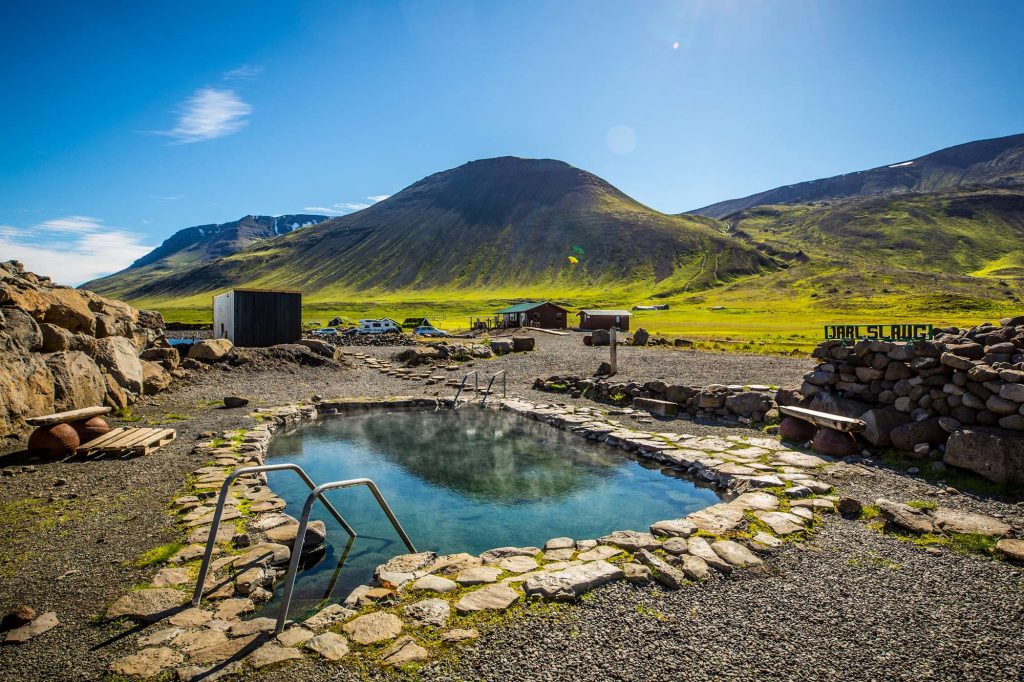

The opportunities for taking a dip in Iceland are many thanks to an abundance of geothermal water. But it’s more than a conveniently heated water supply that accounts for the high proportion of swimming pools in Iceland. Swimming is part of the culture. It’s compulsory in Iceland that every child learn to swim, which is not only practical, but engenders a swimming habit for life. Municipal pools – think conventional blue rectangles with lanes rather than experiential spas – are at the heart of almost every community, used by all from the postman to the mayor. An affordable place to exercise, socialise and converse. Consider taking a swim as part of an immersive Icelandic experience.
“Icelandic swimming pool culture” has even been nominated for World Heritage status and could appear on UNESCO’s list of Intangible Cultural Heritage in late 2025.
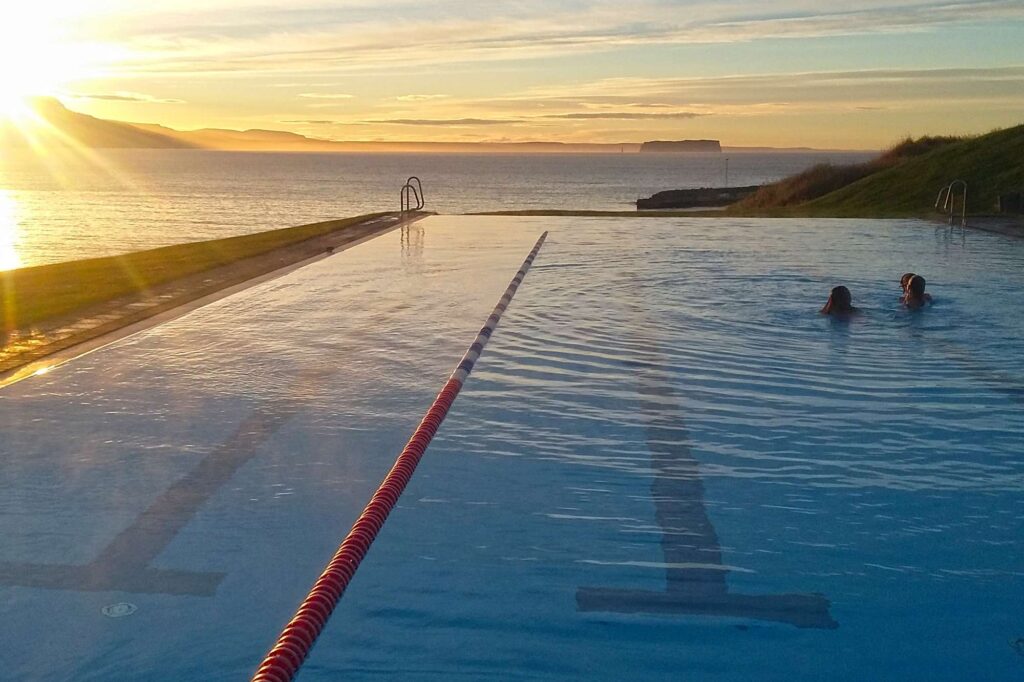

Iceland is the Land of Fire and Ice. Mix those raw elements together and it’s easy to envisage erupting geysers, steaming fumaroles, bubbling mud pits and hot-water springs getting in on the action. But let’s dig a little deeper. Iceland straddles the Mid-Atlantic Ridge, a volcanic zone between the North American and Eurasian tectonic plates where magma rises to the surface, literally creating new land. Magma originates from the mantle, deep within the Earth. It’s hot stuff – about 1,500ºC – and when water comes into contact with it (or superheated rocks nearby) it’s going to get hot too. Geothermal water is essentially water that’s percolated deep underground and become heated by the Earth’s interior – and where it seeps or bubbles back to the surface it’s called a hot spring.
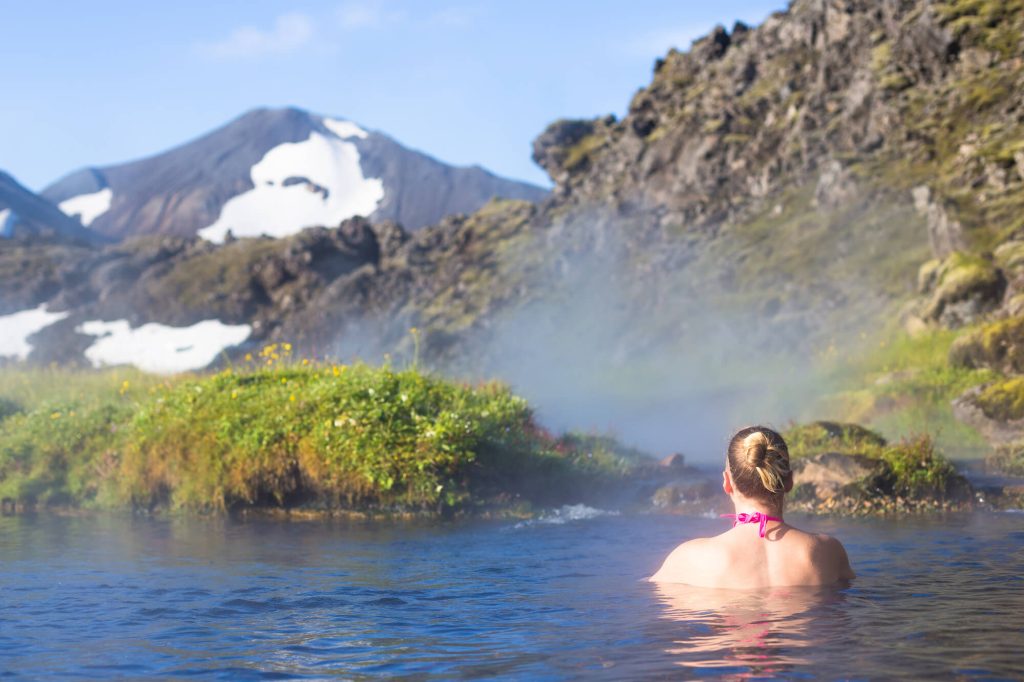

Some hot springs are 80-100ºC, fed by geothermal water that can be 240ºC below the surface. You won’t be dipping a toe in these! Geysir, one of the highlights of the Golden Circle, and the boiling mud pits of geothermal fields on the Reykjanes Peninsula or near Lake Myvatn, are fascinating sites to visit – you can literally witness Earth’s raw geothermal power right before your eyes! But they are strictly look and don’t touch! The temperature of geothermal bathing pools, however, is a far more inviting 38-40ºC – just right for a relaxing, rejuvenating soak.
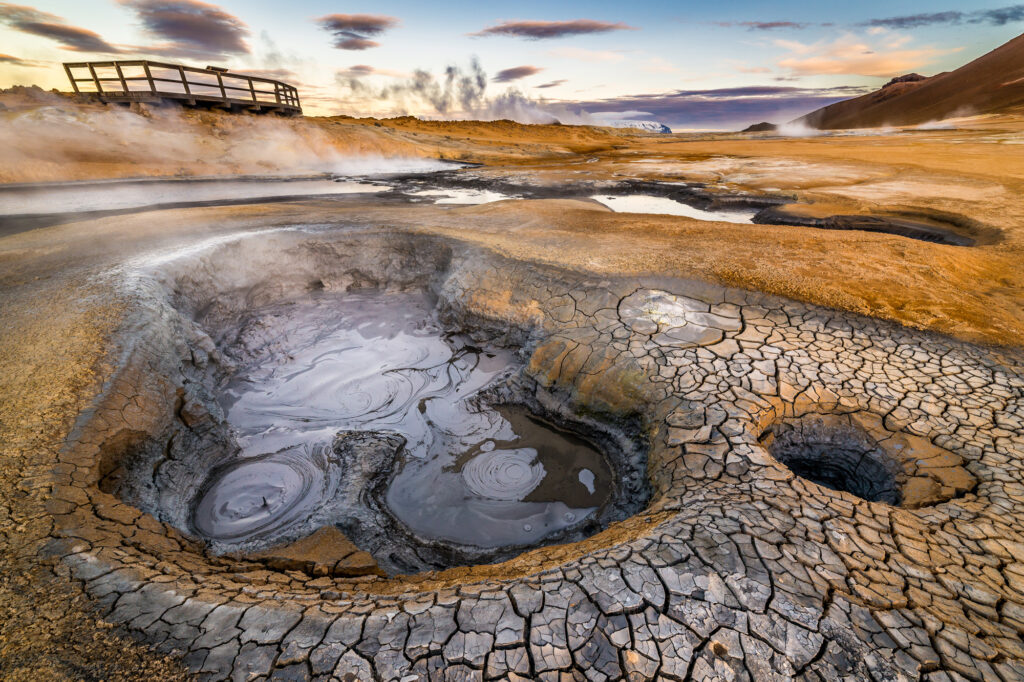

There are dozens of hot springs in Iceland – at least 45 main ones and many more if you count all the minor seeps or ‘tributaries’ of larger geothermal areas.
When geothermal water, heated deep within the Earth’s crust, emerges at the surface, it’s called a hot spring. Heat and pressure force the water up through fissures, cracks and faults, which explains why you find hot springs in some areas, and not others. Geothermal pools are simply where the hot spring water gathers – either naturally, or piped into manmade pools or lagoons.
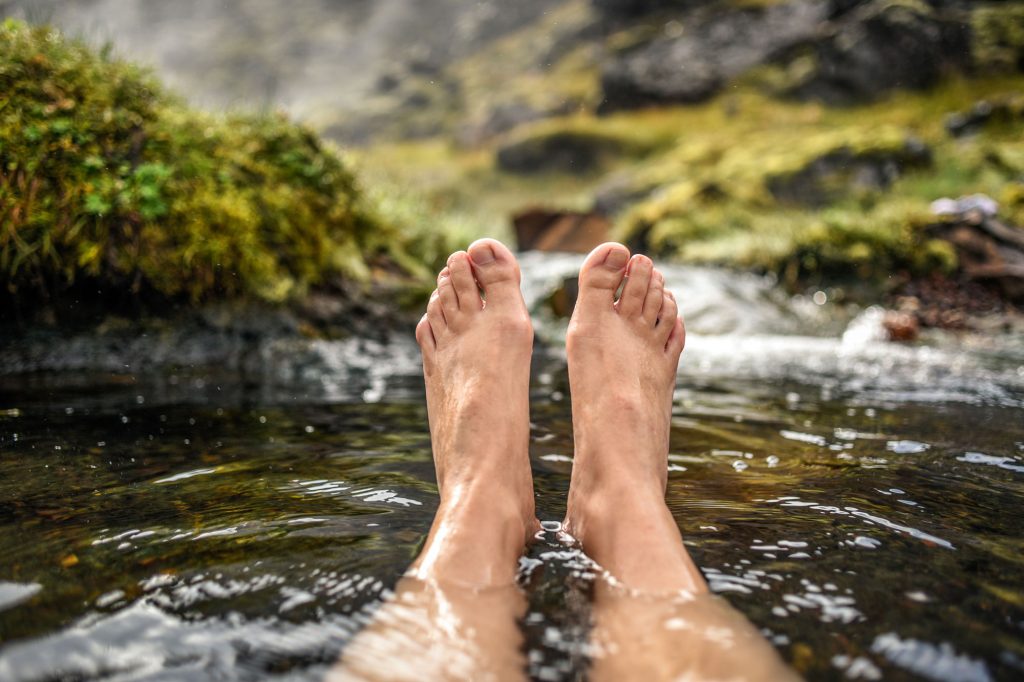

Iceland’s active volcanic zone stretches in a broad band diagonally across the country from the southwest to the north east, and this is where most of the country’s geothermal areas and hot springs are found. Hotspots on the Reykjanes Peninsula include the Seltun geothermal area (home to the hot springs of Skatalaug and Krysuvik), the Gunna hot spring and Blue Lagoon. About 100km east of Reykjavik, the Haukadalur Valley is the famed location of Geysir, after which all the word’s gesyers are named, and where the Strokkur geyser erupts every 5-10 minutes, shooting steaming water 10-20m (and sometimes 40m) into the air.
Deeper into the interior, the mountains of Kerlinarfjoll and Landmannalaugar are riddled with hot springs and striped with colourful deposits of rhyolite. Hveravellir is another spectacular geothermal hot spring to discover on a 4WD trip into the Highlands. Further north, around Lake Myvatn, and easily accessible as part of the Diamond Circle touring route, the Namaskard Pass at the base of Namafjall mountain is pockmarked with bubbling mud pits and hissing fumaroles. Footpaths weave through the extraordinary scenery, which is stained yellow and orange by sulphur deposits. Nearby, you’ll find several geothermal bathing spots, including Myvatn Nature Baths, the Forest Lagoon and GeoSea.
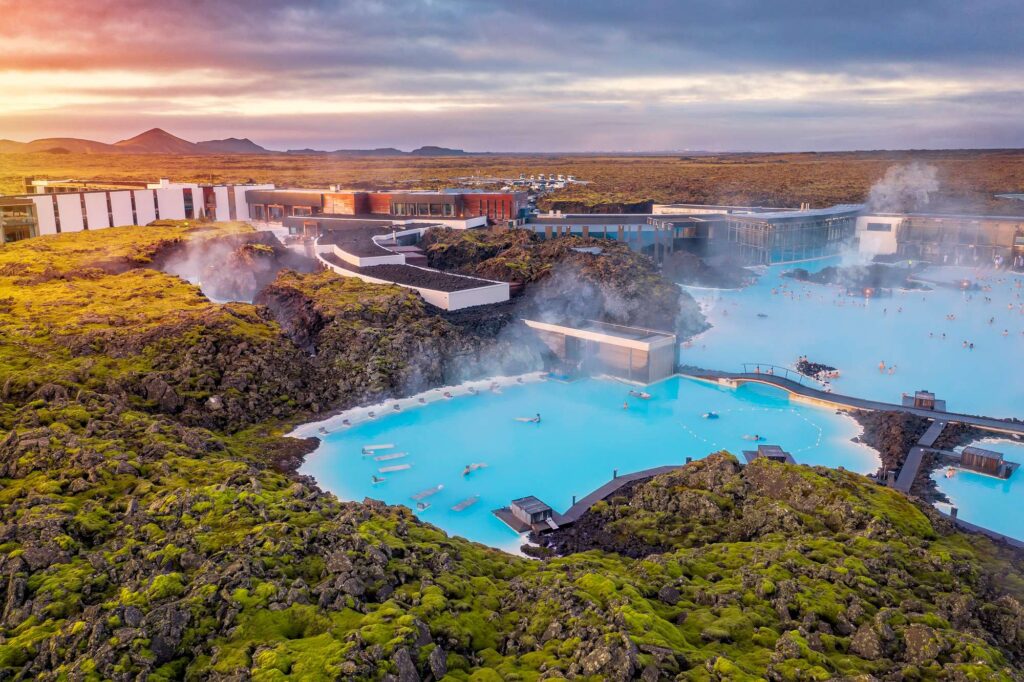

For starters, it’s free energy. In Iceland, geothermal power is harnessed for heating everything from homes to greenhouses. Geothermal is also a renewable energy for generating electricity. But the water itself also has several health and wellbeing benefits. Sinking into a warm, geothermal pool or hot tub can be deeply restorative. The heat eases pain and stiffness in joints and muscles, and can help with rheumatoid arthritis. The minerals in the water help to detoxify our skin, and can even help to remedy skin ailments like eczema and psoriasis.
The combination of hot water and high mineral content has also been shown to improve quality of sleep. Many pools and lagoons feature spa rituals where the natural benefits of geothermal water are combined with saunas, cold-water rain showers, massage and skin scrubs to improve blood circulation and optimise relaxation and rejuvenation. At the Blue Lagoon you can scoop us silica mud to use a face pack! There’s also a strong tradition in Iceland of hot pools serving as places to meet up and relax with friends. Essentially, geothermal bathing can make you feel better, look better, sleep better and age better!
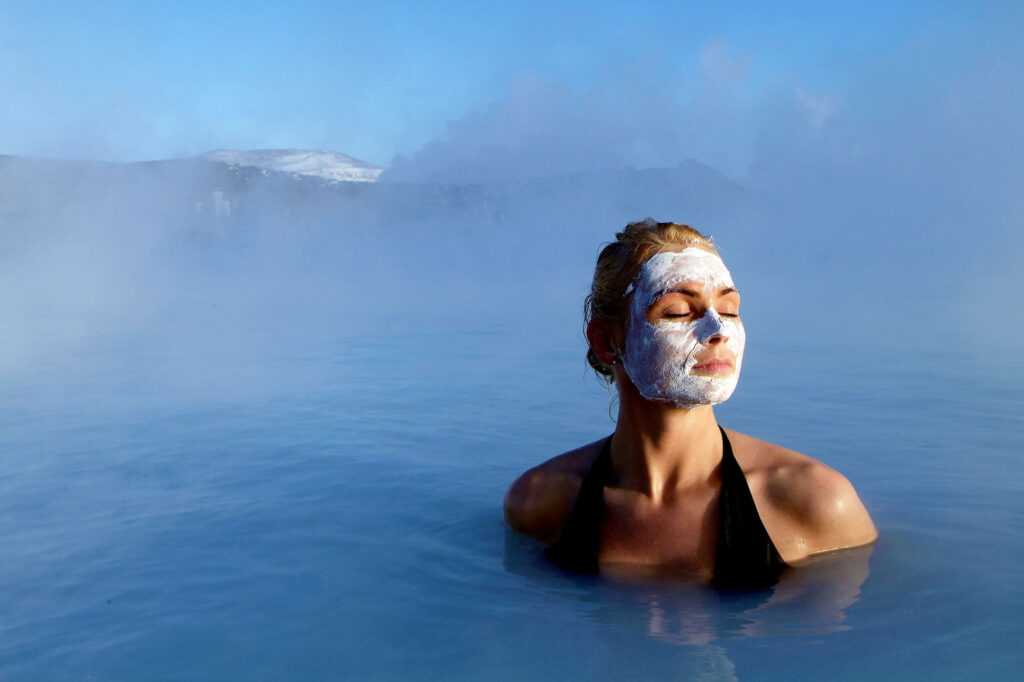
Imagine wading into the warm, milky-blue waters of an open-air lagoon, sinking into a hot tub or floating in a steaming pool overlooking the sea.
In Iceland, geothermal water is plentiful and free. No wonder locals love to indulge in a little R&R while gently poaching themselves in natural therapeutic waters, laden with detoxifying minerals. And it’s why we’ve come up with our new Icelandic Geothermal Trail, in which you can dip in and out of a succession of indulgent geothermal hotspots.
For full immersion on our Icelandic Geothermal Trail, we recommend a 12-day self drive itinerary following the route below, a variation of our Arctic Coast Way holiday – or simply pick the spas and lagoons you like the sound of and we’ll incorporate them into your tailor made holiday in Iceland.
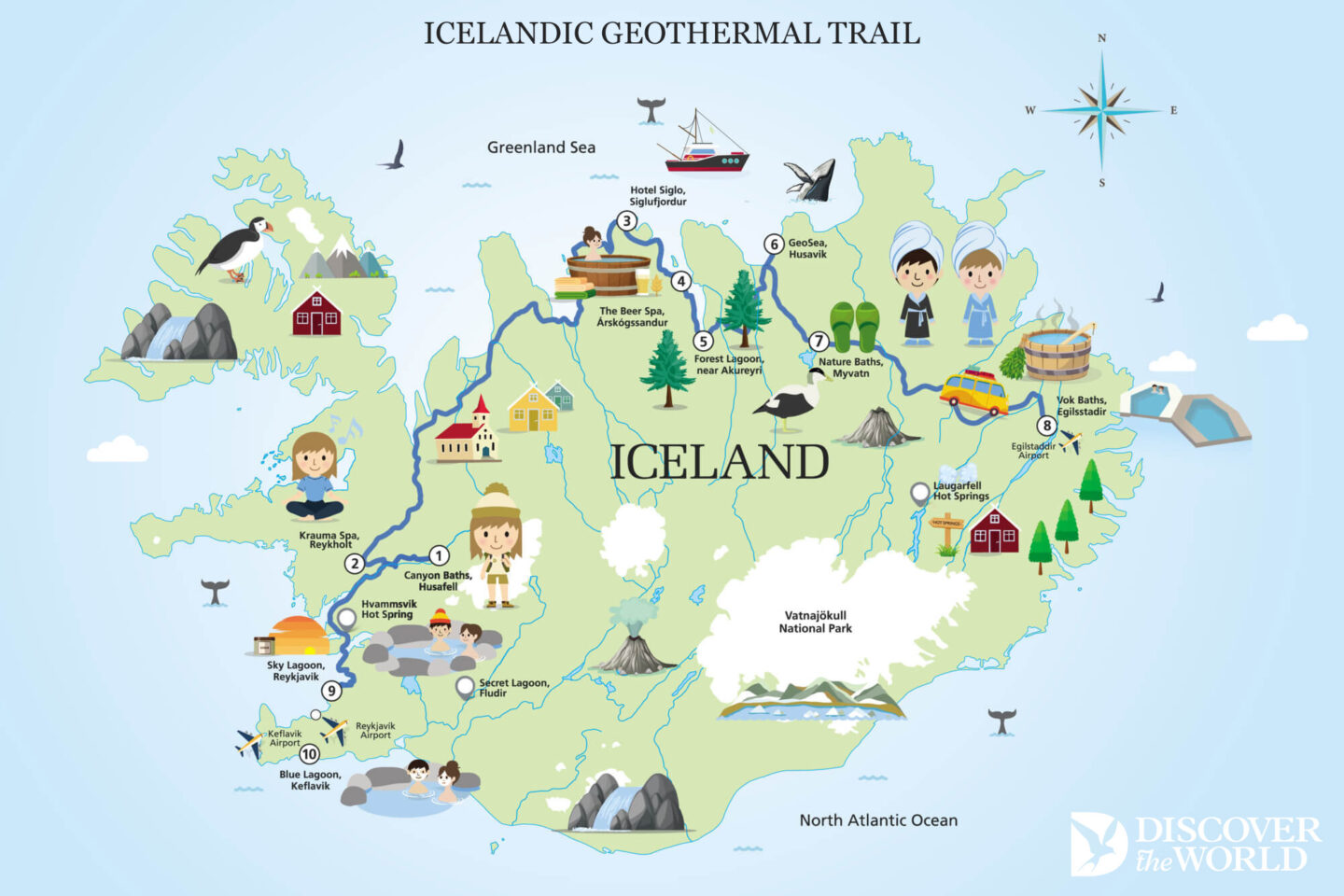
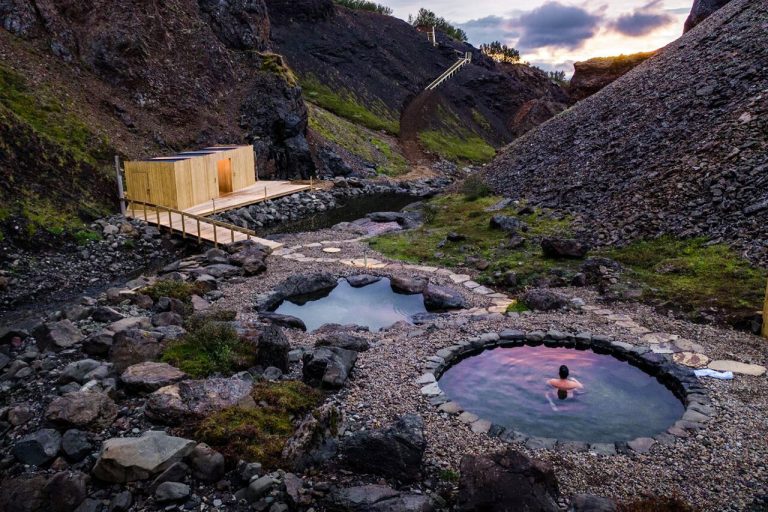
Canyon Baths
Husafell, West Iceland
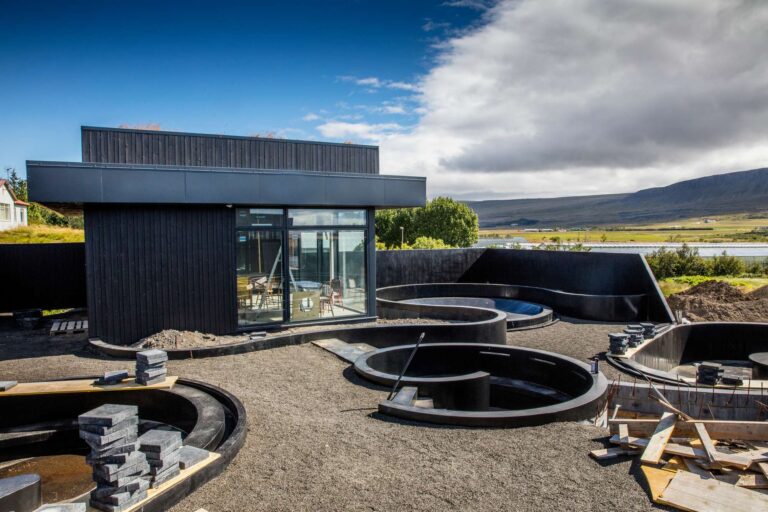
Krauma
Husafell, West Iceland
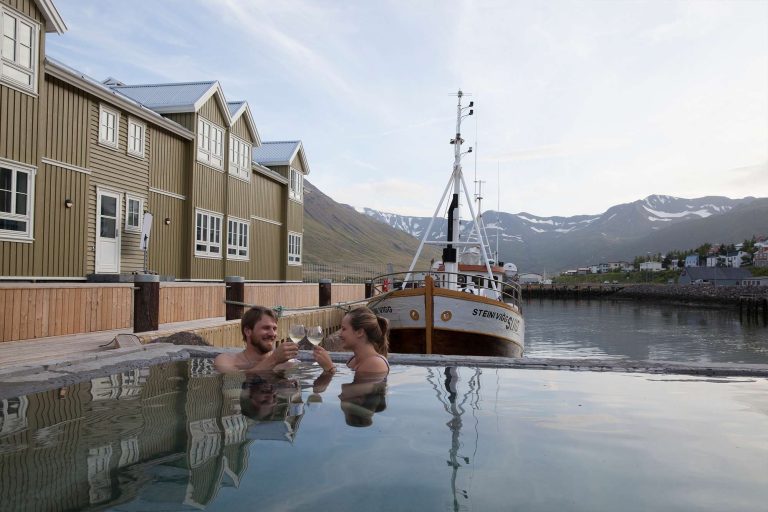
Hotel Siglo hot tub
Siglufjordur, North Iceland
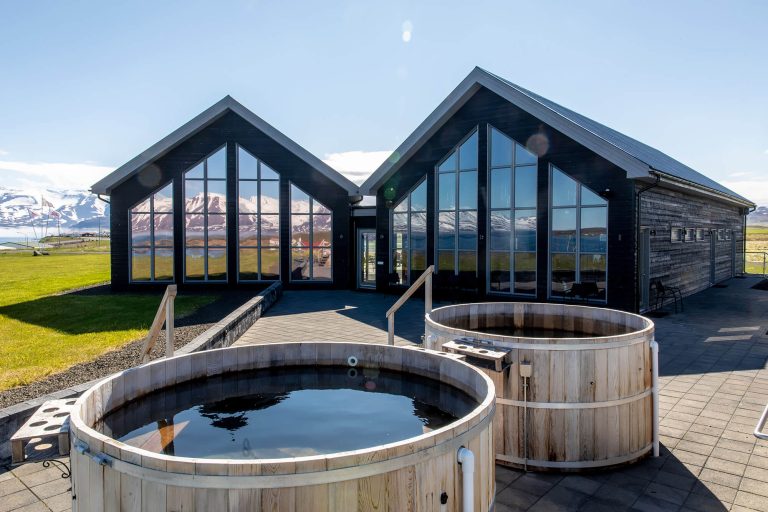
Bjorbodin Beer Spa
Siglufjordur, North Iceland
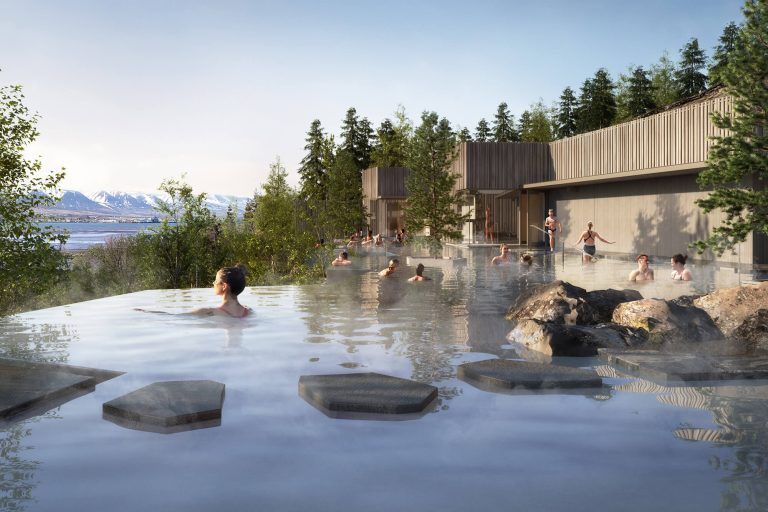
Forest Lagoon
Akureyri, North Iceland
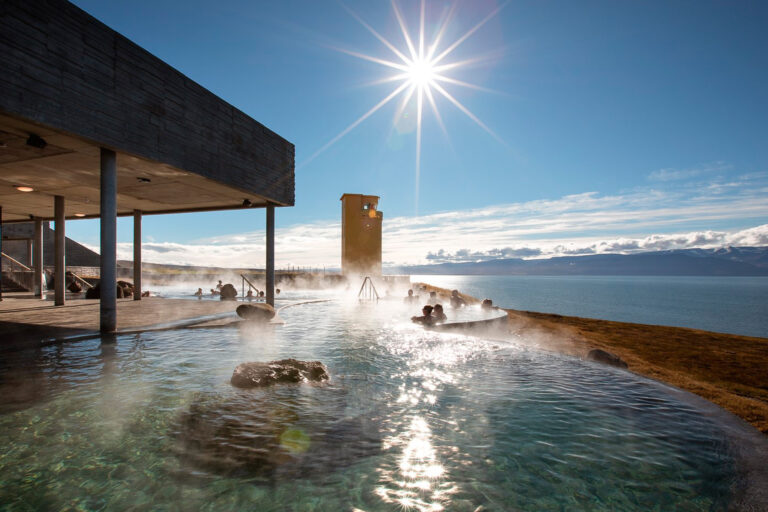
GeoSea
Husavik, North Iceland
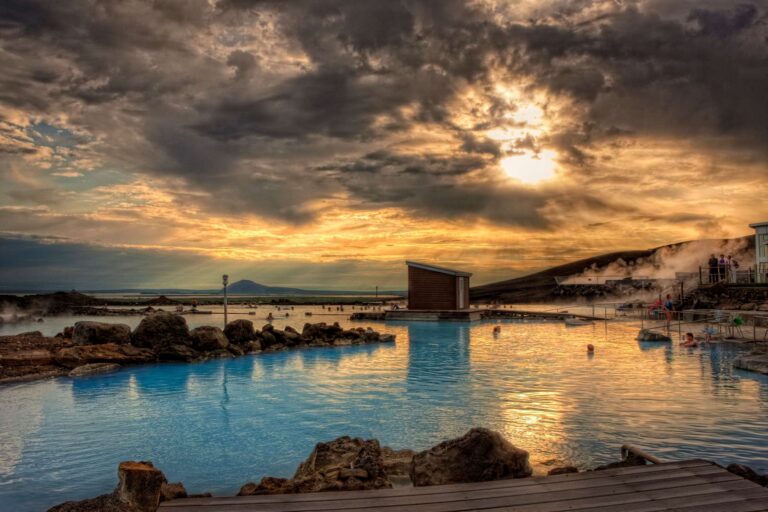
Nature Baths
Myvatn, North Iceland
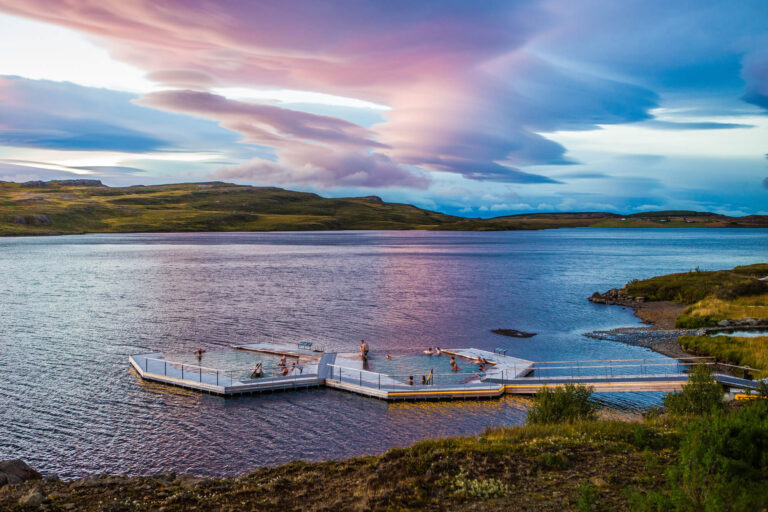
Vok Baths
Eglisstadir, East Fjords
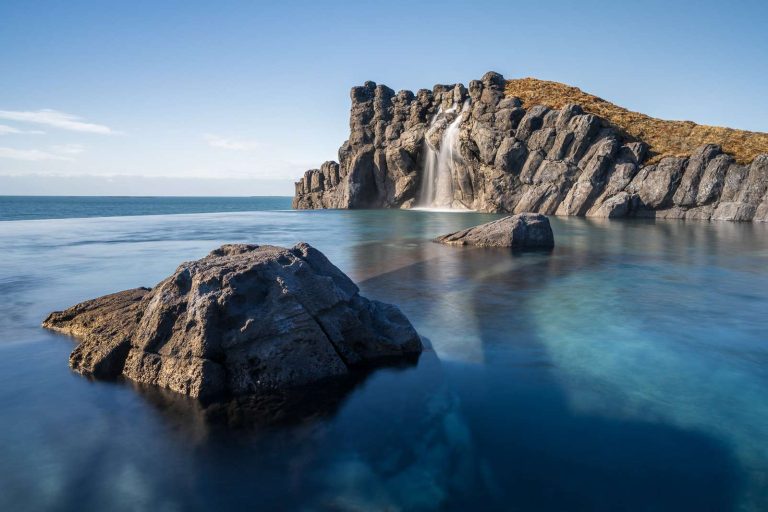
Sky Lagoon
Reykjavik, South West Iceland
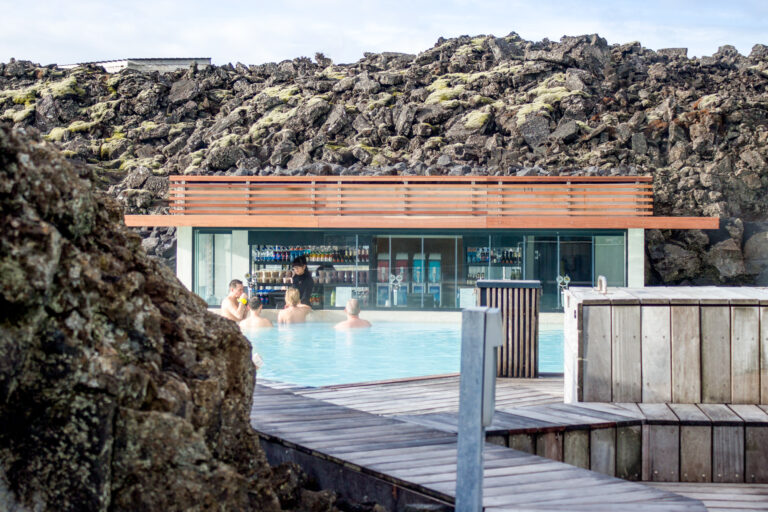
Blue Lagoon
Keflavik, South West Iceland
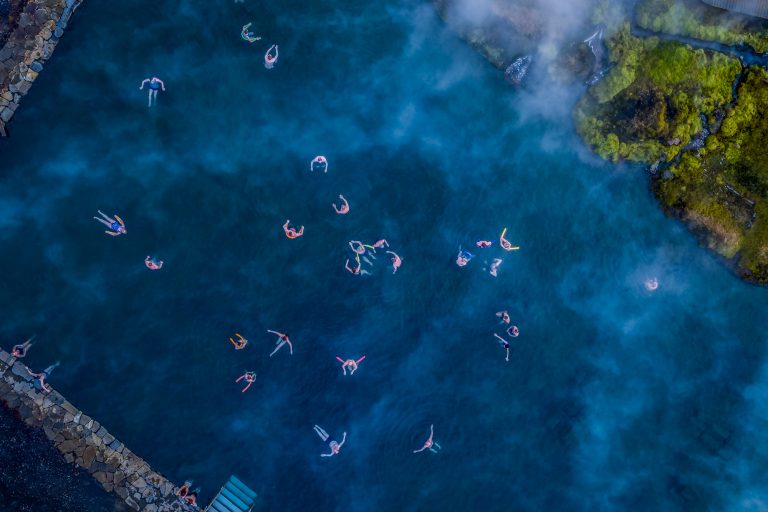
ADD-ON: Secret Lagoon
Fludir, South West Iceland
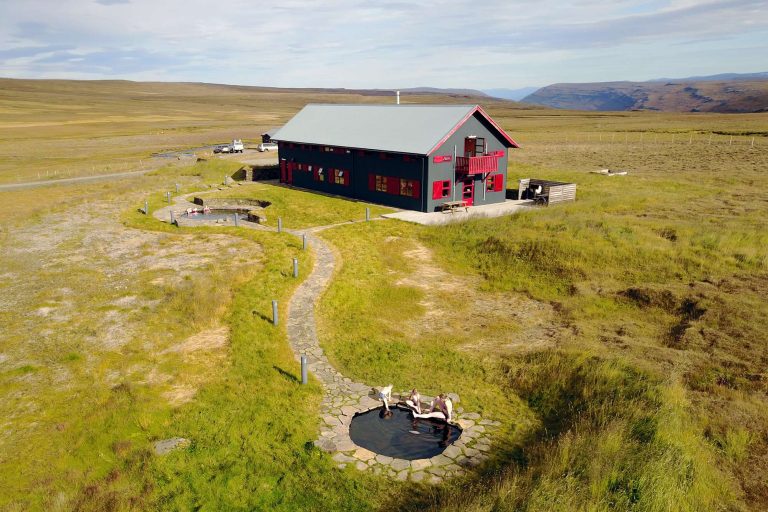
ADD-ON: Laugarfell Hot Springs
Highlands, East Iceland


Get in touch with our team to discuss how you can get into hot water in Iceland
Call: 01737 214 250
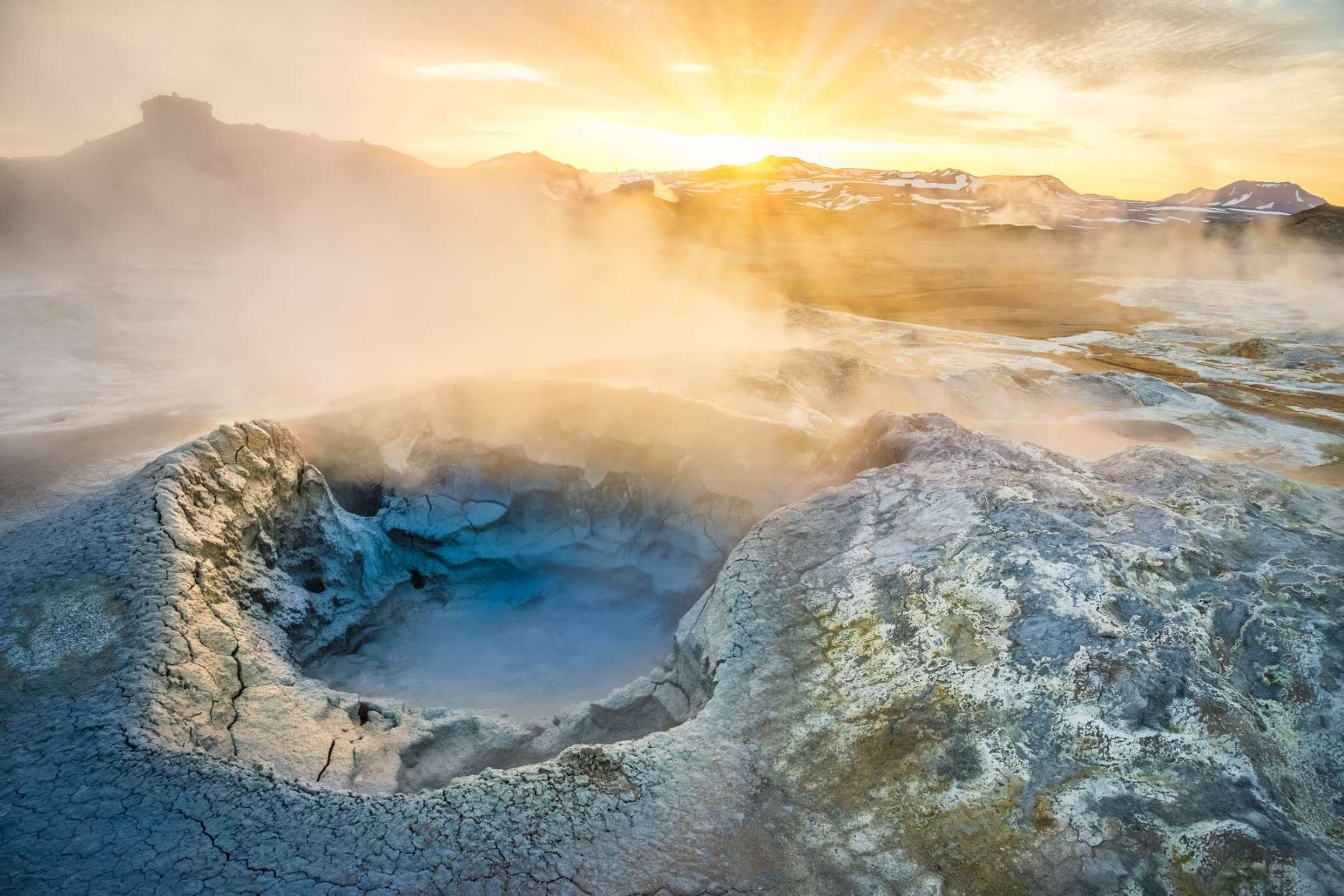
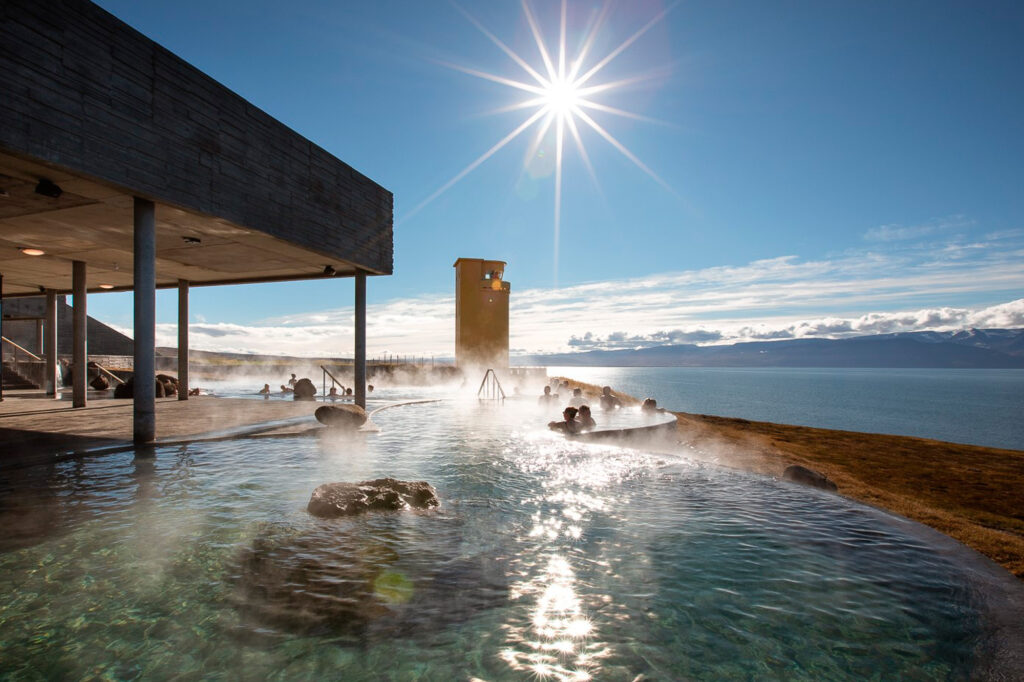
Discover why you should head north to find some of Iceland’s newest and most exciting hotspots for geothermal bathing and indulgent spas.
Read more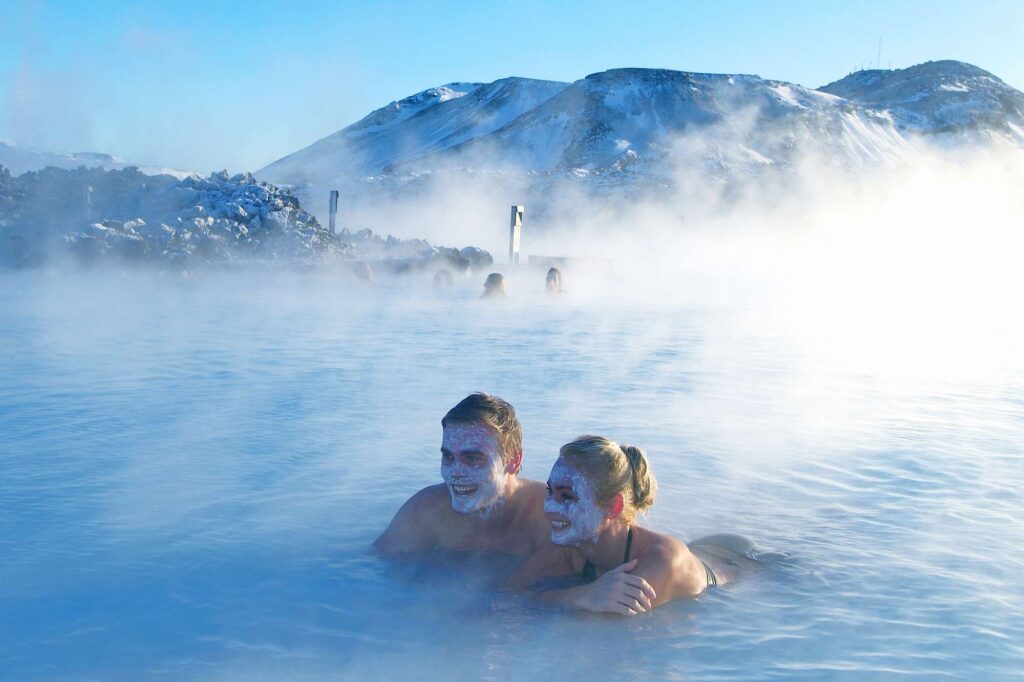
Iceland’s best-known hotspot, the Blue Lagoon geothermal spa is the perfect place to start or end your holiday.
Read more
